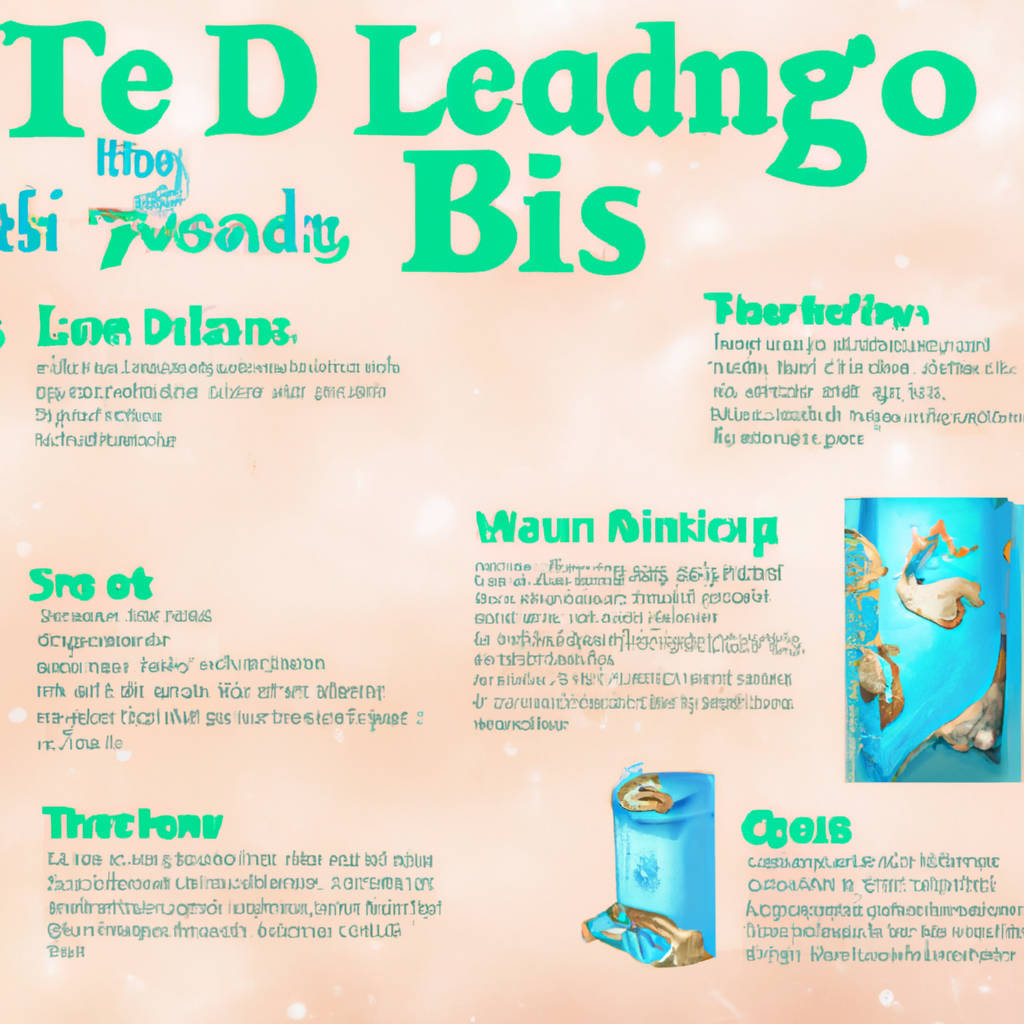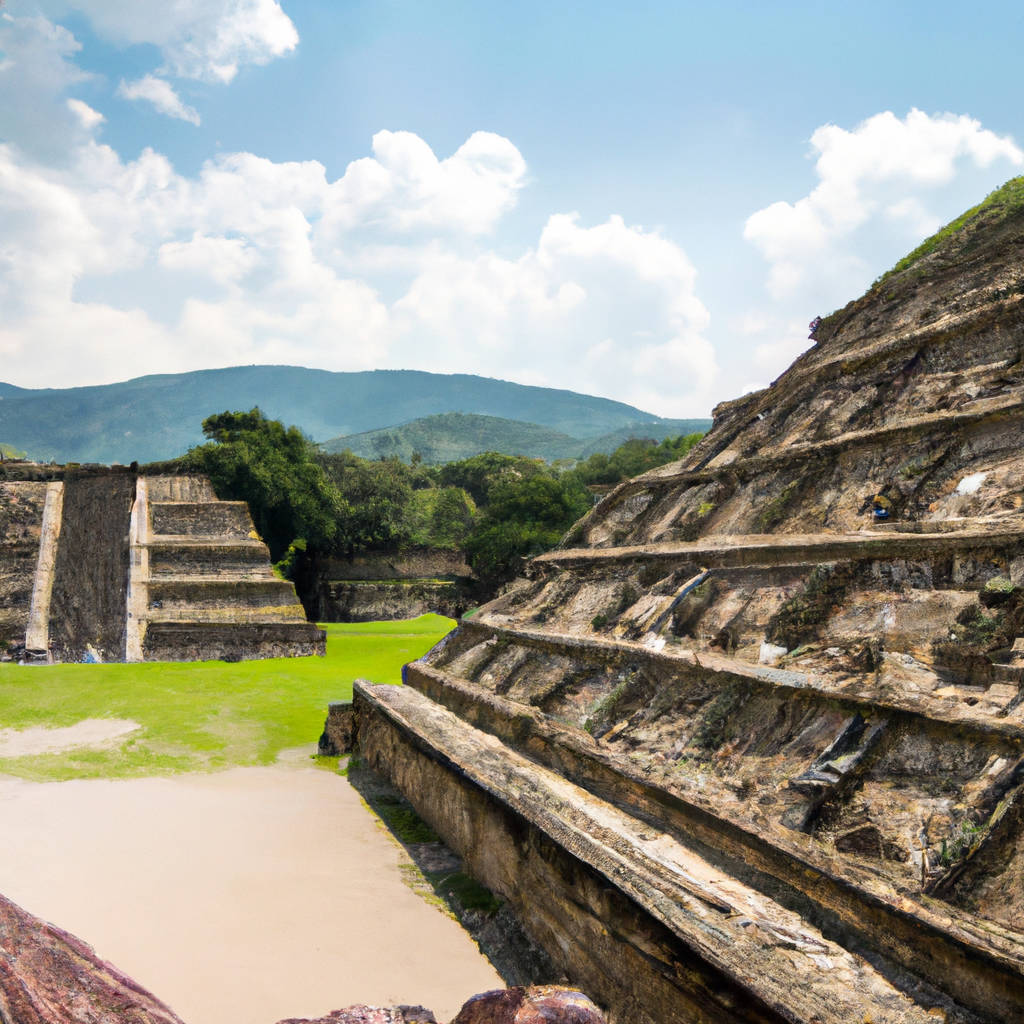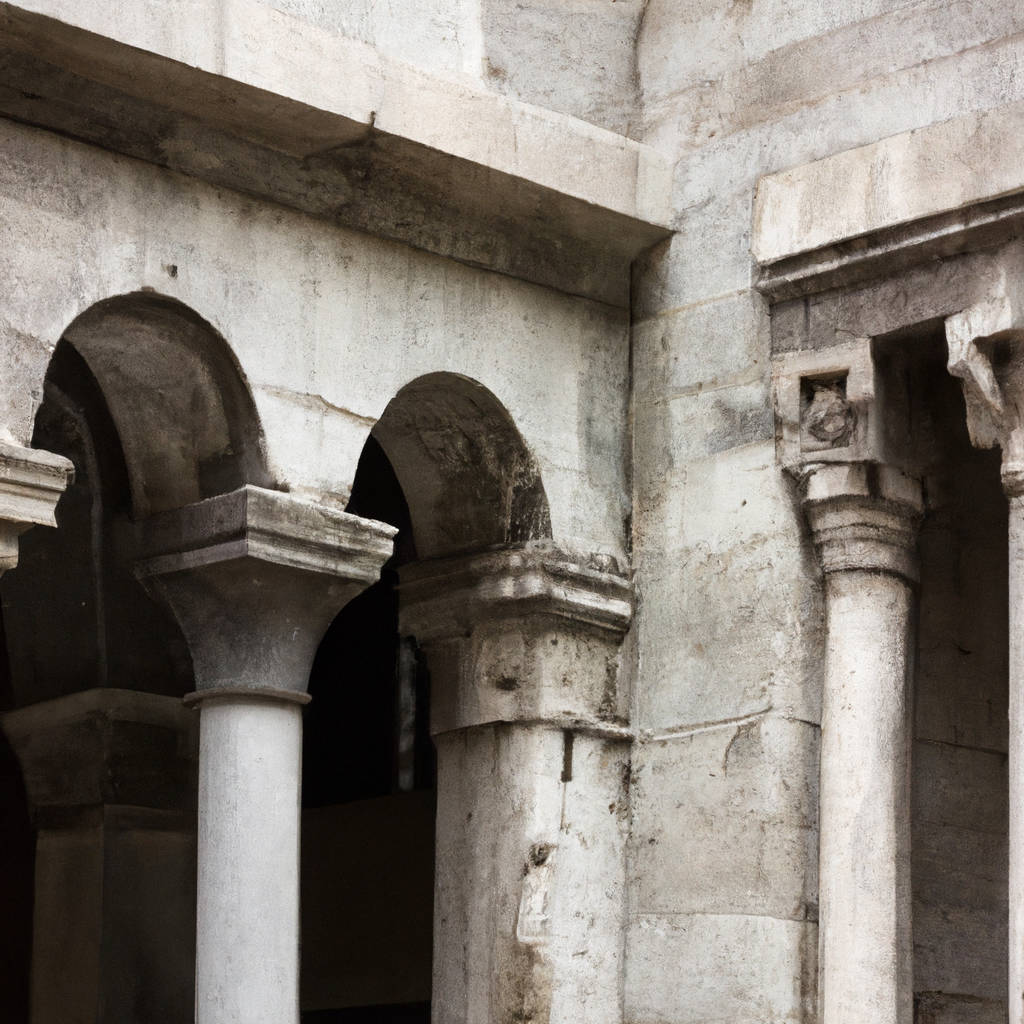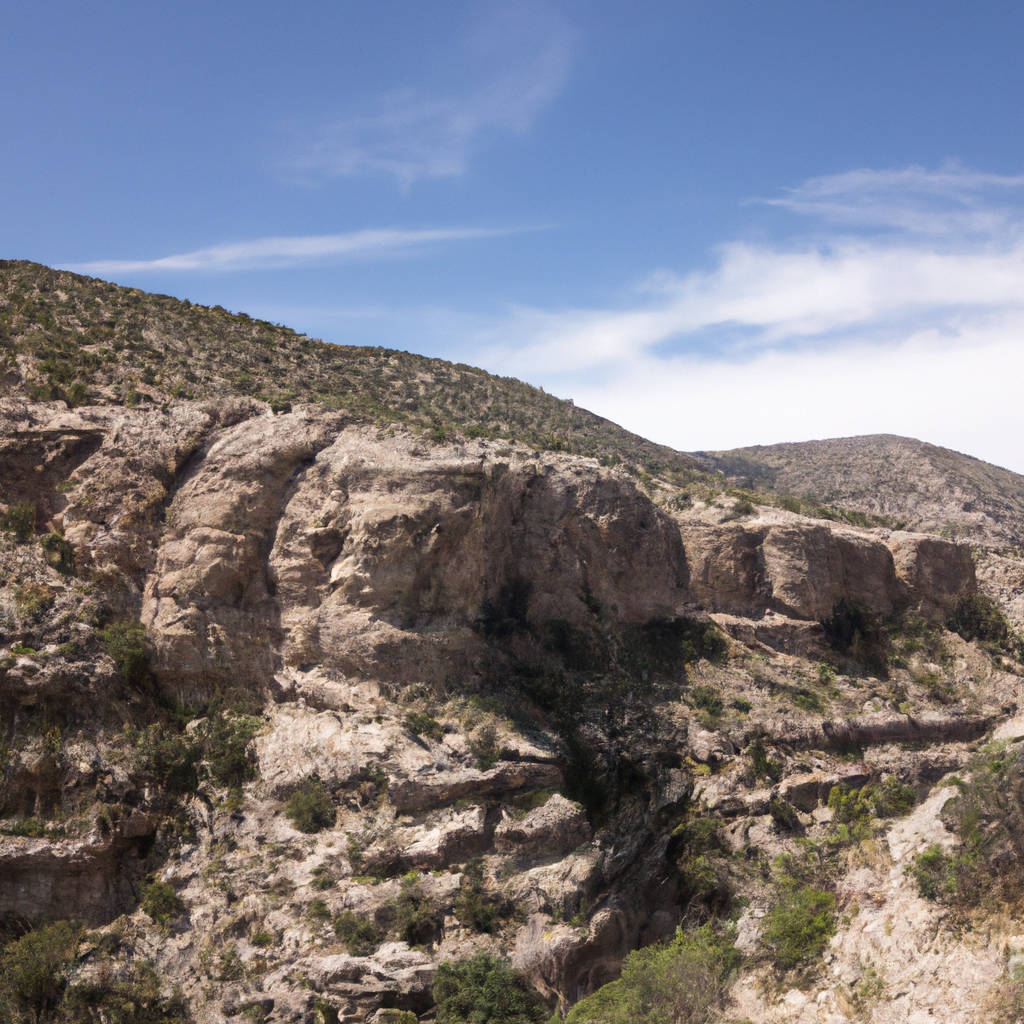‘Legend of Zelda: Breath of the Wild’ Memories Guide
During your journey through the enchanting realm of Hyrule in the ‘Legend of Zelda: Breath of the Wild,’ one essential component to unraveling the rich narrative is the collection of Link’s lost memories. This Memories Guide serves as an invaluable tool in this expansive open-world adventure, helping players navigate the vast landscapes and intricate puzzles to discover these precious recollections. As Link emerges from a century-long slumber with no memory of his past, he embarks on a quest to reclaim his identity. Guided by the mysterious voice of Princess Zelda, Link must locate and recover 18 lost Memories scattered across Hyrule. Each Memory offers a fragment of Link’s past, providing insight into his relationship with Zelda and their shared struggle against the calamitous Ganon. These memories are not just a passive storytelling device; they help fill in the historical context of Hyrule, making the world feel more alive and immersive. They also play a crucial role in progressing the game’s main storyline. This guide will provide you with the precise locations of each memory, along with helpful hints and strategies to find them. It will aid you in piecing together Link’s forgotten past, enriching your overall gaming experience in the ‘Legend of Zelda: Breath of the Wild.’ After all, every hero has a story, and for Link, it is one of resilience, bravery, and timeless friendship.

Finding All Captured Memories
In the vast landscape of our minds, a treasure trove of captured memories resides, each one a testament to the experiences we’ve lived through, the people we’ve encountered, and the places we’ve visited. These imprints of our past, often hidden in the recesses of our subconscious, hold a tremendous amount of information about who we are and how we perceive the world. The process of finding all these captured memories is akin to embarking on a remarkable journey of self-discovery.
Unearthing these memories is not always an easy task. They can be elusive, guarded by the mind’s protective mechanisms to shield us from distress. But with techniques like introspection, mindfulness, meditation, and therapeutic practices, one can delve deeper into their memory bank. Journaling, for instance, allows us to articulate our thoughts and emotions, leading to the retrieval of dormant memories.
Similarly, photographs, music, or even certain aromas can act as triggers, stirring up memories that were thought to be lost. These triggers transport us back in time, helping us relive moments that we might have forgotten. For instance, the scent of a particular perfume may remind us of a loved one, or an old song might bring back memories of teenage years.
Retrieving these captured memories serves multiple purposes. It can help us understand our behavioral patterns, our preferences, our fears, and our dreams. It brings clarity about past experiences that have shaped our present and will influence our future. The process can lead to profound insights about our identity, fostering self-growth and personal development.
In essence, finding all captured memories is a fascinating journey into the self. It’s an exploration of our personal history, a chance to revisit our past from the vantage point of our present. It encourages us to forge a stronger connection with ourselves, enhancing our understanding and acceptance of our unique life story.
Sacred Ground Ruins
Sacred Ground Ruins represent an integral aspect of human history and cultural heritage. These sites, often steeped in religious or spiritual significance, provide a glimpse into the past, allowing us to understand the beliefs, rituals, and traditions of ancient civilizations. They range from dilapidated stone structures, once towering temples or churches, to the remnants of indigenous ceremonial grounds, each bearing silent testament to the passage of time.
Preservation of these historic sites is of paramount importance as they are not just clusters of ancient stones but repositories of knowledge. However, these sites can be threatened by various factors like natural disasters, human encroachment, and neglect. For instance, climate change and rising sea levels are endangering coastal ruins, while urban development and tourism can lead to inadvertent damage and overuse.
Moreover, the illicit trafficking of cultural artifacts is another major concern. Often, antiquities are stolen from these ruins and sold on the black market, causing irreparable loss to our shared human heritage. This not only robs us of precious historical information but also disrespects the sanctity of these sacred grounds.
Nonetheless, several initiatives are being undertaken worldwide to protect and conserve these sites. UNESCO, for example, designates certain ruins as World Heritage Sites, which helps draw attention to their importance and encourages conservation efforts. Technological advancements also provide new tools for preservation, such as 3D imaging to digitally reconstruct and record these sites.
At the same time, it is necessary to respect and understand the cultural and spiritual significance of these sites for the communities that hold them sacred. These ruins are not just tourist attractions but living links to their ancestors and past. Therefore, any conservation efforts must involve these communities and consider their perspectives.
In conclusion, Sacred Ground Ruins are invaluable treasures of our shared human history. Their preservation requires collective responsibility and respect, ensuring that future generations can also learn from and appreciate these silent witnesses of the past.

Lake Kolomo
Lake Kolomo, situated in the heart of the Democratic Republic of Congo, is an incredible natural wonder, known for its stunning beauty and rich biodiversity. This freshwater lake, surrounded by dense forest and lush vegetations, is a haven for a variety of wildlife species. The landscape around the lake is picturesque with a unique combination of flora and fauna that adds charm to its beauty.
The lake is home to several endemic species of fish, making it an interesting site for ichthyologists. Furthermore, it is also a significant water source for the surrounding communities. The people living nearby depend on Lake Kolomo for their livelihoods, as it provides them with fish as well as water for agriculture.
However, the lake is facing a major threat due to deforestation and pollution, which are affecting the biodiversity and ecological balance. The degradation of the surrounding forest is causing a decrease in the water levels of the lake, and the increasing pollution is threatening the survival of the endemic species.
Despite these challenges, Lake Kolomo retains its beauty and continues to attract visitors from around the world. The scenic beauty, the tranquility, and the rich biodiversity make it an ideal destination for nature lovers. Many come to witness the stunning sunrise and sunset views, while others are intrigued by the unique species of fish.
In conclusion, Lake Kolomo is not just a body of water, but a vital ecosystem that supports a variety of life forms. It is a beautiful spectacle of nature that needs to be preserved and protected. It is also a reminder of the delicate balance of nature and how human activities can disrupt it. It is our responsibility to ensure that future generations can also witness and enjoy the beauty of Lake Kolomo.
Ancient Columns
Ancient columns are a testament to the architectural prowess and artistic ingenuity of early civilizations. They’re not just structural supports that hold up buildings, but also artistic elements that adorn these structures and convey a sense of grandeur and elegance. Their designs vary significantly depending on the time period and geographical region.
The Greeks, for example, had three main types of columns: Doric, Ionic, and Corinthian. Doric columns are the simplest, with no base and a plain, fluted shaft. Ionic columns are more complex, with a base, fluted shaft, and a capital decorated with a scroll-like design. Corinthian columns are the most ornate, with a detailed, leafy capital. The Romans adopted these styles and introduced their own, such as the Tuscan and Composite, which are simpler and more ornate than their Greek counterparts, respectively.
Egyptian columns, on the other hand, reflect their natural environment and religious beliefs. Lotus and papyrus plants, which commonly grow along the Nile River, are common motifs. These columns often taper towards the top, resembling these plants. The capitals are usually decorated with carvings of gods and goddesses, emphasizing the Egyptians’ religious devotion.
In India, the Mauryan empire (c. 322–185 BCE) is well-known for its polished stone columns. These columns are monolithic, meaning they’re made from a single piece of stone, often with elaborate carvings. The capital typically features animals, reflecting the empire’s Buddhist beliefs.
Columns are a recurring theme in Persian architecture as well. The ancient city of Persepolis, in particular, is known for its impressive columned halls. These columns, which can reach up to 20 meters in height, are often fluted and have complex capitals, typically depicting animals.
In conclusion, ancient columns are more than architectural features; they’re historical artifacts that offer insights into the cultures that created them. Through their design and decoration, they reflect the aesthetic preferences, religious beliefs, and technological capabilities of these ancient civilizations.

Kara Kara Bazaar
Kara Kara Bazaar is a bustling marketplace located in the Gerudo Desert of Hyrule in the popular video game, “The Legend of Zelda: Breath of the Wild”. This bazaar is an oasis for weary travelers, providing a rest stop where Link, the game’s protagonist, can purchase vital items for his journey. It’s a unique location, part oasis, part thriving market, that grants a respite from the harsh desert conditions. The bazaar hosts a variety of vendors selling items like fruits, arrows, and elixirs, all of which are essential for Link’s survival in the game.
One of the most notable aspects of the Kara Kara Bazaar is its cultural richness. It is not just a commercial hub but also a place where various characters from the game converge, each with their own stories and quests. These interactions often lead to side quests, offering additional rewards and enriching the overall gaming experience.
In addition, the bazaar also plays a significant role in the main storyline. It’s here that Link learns about the Gerudo Town and its unique customs, which prompts his quest to acquire the necessary disguise to enter the town.
An interesting feature of the bazaar is its architecture, characterized by vibrant tents and stalls that provide a stark contrast to the barren desert surroundings. It’s designed to mimic the style of the Gerudo Town, further emphasizing the cultural link between these two key locations in the game.
In sum, the Kara Kara Bazaar is not just a marketplace; it’s also a cultural hub, a rest stop, a quest initiation point, and an architectural marvel. It provides a rich, immersive experience that adds depth and diversity to the “The Legend of Zelda: Breath of the Wild”. The bazaar is an integral part of the game’s world, showcasing its unique approach to world-building and storytelling.
Eldin Canyon
Eldin Canyon is a significant location in the vast virtual world of the popular video game, “The Legend of Zelda: Breath of the Wild.” Nestled in the northeastern part of Hyrule, this area is characterized by its rugged and mountainous terrain, with its rich deposits of precious minerals and ore. The canyon bears the name of Eldin, the fire spirit, signifying the fiery and volatile nature of this region. A player traversing the Eldin Canyon would encounter a variety of challenges and obstacles, such as the intense heat that would require the use of special protective gear, and the lava pools that dot the landscape. The Eldin Canyon is also home to the formidable Death Mountain, a volcanic behemoth that towers over the canyon, serving as a constant reminder of the inhospitable conditions present in the area. The canyon is also home to various creatures and enemies that pose a threat to players. Nevertheless, the Eldin Canyon is not just a place of danger. It is also a place of discovery and adventure, filled with secrets waiting to be unearthed, treasures to be found, and puzzles to be solved. Its stark, fiery landscape provides a stark contrast to the lush greenery of other regions in the game, making it a visually striking and memorable location. Despite its harsh conditions, Eldin Canyon embodies the spirit of exploration and adventure that is at the heart of “The Legend of Zelda: Breath of the Wild,” presenting players with a unique and challenging environment that tests their skills and determination.

Impa and Secret Memories
Impa, a renowned character from the Legend of Zelda series, hails from the Sheikah tribe and serves as Princess Zelda’s loyal attendant. She is often depicted as a sage and protector, consistently offering guidance and assistance to Link in his quest to save Hyrule. However, a fascinating aspect of Impa’s character is her role as the bearer of secret memories. Throughout the game, she is tasked with helping Link recover his lost memories, providing him with clues and encouraging him to explore significant locations across Hyrule. These secret memories serve as fragments of Link’s past, gradually revealing the narrative’s deeper layers and enriching the player’s immersive experience.
The concept of secret memories in the game plays a crucial role in the narrative progression; it allows for an intriguing blend of discovery and revelation. As players navigate through the game’s richly detailed world, they are constantly encouraged to seek out these secret memories, which are carefully hidden within the game’s intricate landscapes. These memories not only provide valuable context to the storyline but also offer a deeper understanding of Link’s character, his relationships, and his past.
Impa, as the keeper of these secret memories, is an integral part of this process. Her wisdom and knowledge of Hyrule’s history and its people make her an invaluable guide. She is not just a guardian of Princess Zelda; she is also a guardian of history, ensuring that the past is remembered and lessons are learned. The dynamic between Impa and Link is a testament to the importance of memory and history in shaping our identities and destinies. The theme of secret memories, as presented through Impa’s character, brings a unique depth and complexity to the gaming experience. It emphasizes that in the quest to save the world, understanding the past is just as essential as fighting for the future.
Secret Memory
Secret memory refers to the hidden fragments of experience and knowledge buried deep within our minds, often forgotten or repressed due to various reasons. These may encompass a wide range of events and information, from innocent childhood memories to more complex and painful experiences from our past that our minds may choose to conceal for our emotional wellbeing. They are the unspoken narratives of our lives, often shaping our behavior and decisions subconsciously without us even realizing their influence.
These memories are not always negative. At times, they may even be pleasant, only hidden because they are associated with a time or person we no longer have in our lives. However, the mind’s protective mechanism may deem it safer to tuck them away, preventing any emotional turbulence they might trigger.
On the other hand, some secret memories can be dark and harrowing, containing experiences that were too painful to be faced and dealt with at the time they occurred. These memories can have profound effects on an individual’s mental health, as they continue to lurk in the subconscious, causing unexplained anxiety, fear, or other emotional disturbances.
The human mind is an intricate labyrinth of thoughts, memories, and experiences. It has an uncanny ability to shield us from harm by hiding certain memories deep within its folds. These secret memories can influence us in ways we cannot fathom, shaping our identities and the way we perceive the world around us. They may remain hidden forever, or they may resurface under certain triggers or through therapeutic intervention.
Understanding the concept of secret memory can be instrumental in comprehending human behavior and mental health. It unravels the complexities of the human mind and sheds light on why we behave the way we do, helping us navigate our way towards healing and growth. In essence, secret memory is a testament to our mind’s resilience and its relentless endeavor to protect us, even if it means hiding certain truths from our conscious self.
